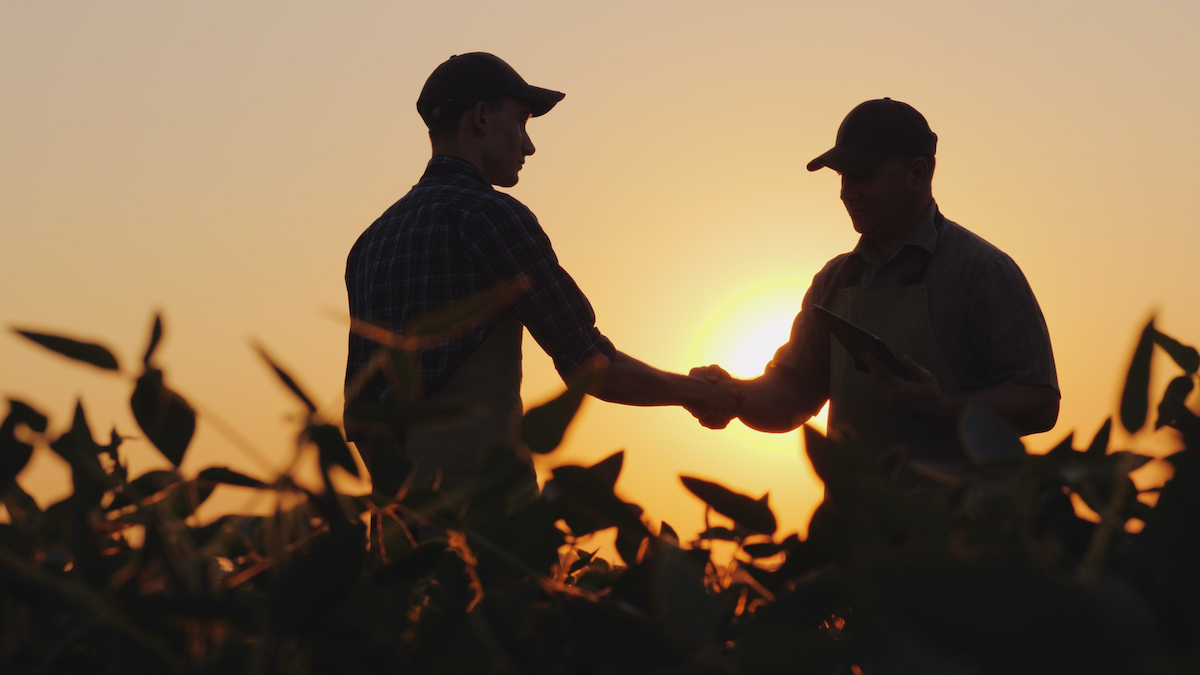Commodity Update (October 7th, 2019)
Field Crops – It has been a bit of a challenge this year for the cropping industry. We had a cold wet spring, and much of the corn and soybean crops were late to be planted, with a large percentage planted in June. Agricorp extended planting deadlines for production insurance, and many farmers took advantage to get the crops in late. After the late spring, many areas saw very low rainfall until later into the summer, further stressing the crops. Overall, this will mean lower than average yields, and very likely higher drying costs. An early frost, or wet harvest conditions could make this a very miserable fall for farmers. Hopefully we will see warm temperatures into mid October with little rain to allow farmers to get the fields harvested.

Corn – Most fields are at least 10-14 days behind on maturity. Complicating things, there is can be 10 days or more difference in maturity of the plants within the same fields. We need to avoid a killing frost until well into October for most of our corn to reach maturity. The forecast is in our favour, but weather predictions have been known to be wrong, and a few areas have seen some frost already in the first week of September. Because of the late planting, yields are expected to be no better than average, with the potential for a lot worse if we get the early frost. It will be a very late harvest, with wetter than usual corn, and it is likely that we will still be seeing a lot of corn being harvested in December.
Soybeans – Late, but soybeans have more flexibility in the face of shorter growing season. Maturity should not be an issue, but we may face lower than average yields and late harvest. This could mean wetter beans off the combine and therefore higher than normal drying costs. Many fields are starting to turn colour and will soon star to drop leaves, but there are still quite a few that are pretty green. Those fields are mostly full season varieties, and once they start to turn will be ready fairly quickly. An early frost may mean some of the beans will still be a bit green, but that will not affect value for crusher beans.

Wheat – a lot of wheat did not make the grade because of winterkill, and farmers replanted with other crops. Unfortunately from the time the fields were sprayed until something else was planted we had cold wet weather, and I am sure that some farmers regretted the decision to replant. Fields that did make to harvest were quite variable, some with average to good yield, some with very poor yields, and everything in between. One of the causalities of the poor crop is a shortage of good straw. Dairy farmers not only need the straw for bedding but also for diets, and many were scrambling to find a good supply. We know that there is a lot fewer acres harvested than average, and the coming year may not be any better. With the late harvest of edible beans and soybeans, it is likely that a lot of acres of wheat will not get planted, or will go in very late. This sets us up for another spring where the wheat that does get planted may not overwinter well again this year.
Hay – Between the late spring, winterkill, and dry weather early in the summer, it has been a tough year for the hay crop. The good news is rain late plus some warmer weather, and we may make up for some of the yield losses early. Now if we can only get a few days of dry weather in a row to get it off the field…

Edible Beans – Like every other crop, edible beans are later this year. However, since they are usually planted in late May or early June, they are only a few days behind a normal year. Some of the beans that would often be harvested in early September or even late August are only now ready, but most fields are affected less than other crops. A dry fall would really help to get them harvested, but they should be in good shape.
Mike Brine, Agribusiness Specialist


